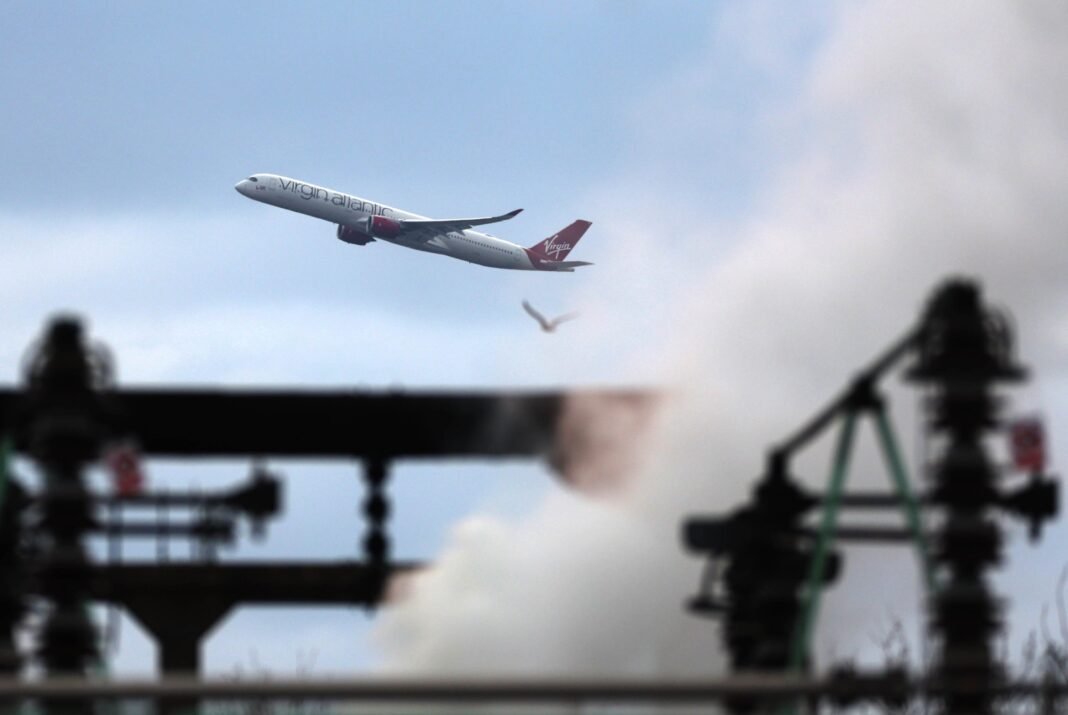Heathrow Airport was warned about vulnerabilities in its power supply just days before a fire at a major substation forced the closure of the airport and disrupted travel for over 200,000 passengers, MPs have been told.
Speaking before the Commons Transport Select Committee, Heathrow’s chief executive Thomas Woldbye apologised for the incident on 21 March but stood by the decision to shut down operations, calling it the safest option in the circumstances. “It became quite clear we could not operate the airport safely,” he said. “Had we stayed open, we risked a disastrous scenario with tens of thousands of passengers stranded and essential systems offline.”
However, Nigel Wicking, head of the Heathrow Airline Operators’ Committee, told MPs he had raised concerns with senior airport officials just two days before the incident. He referenced recent incidents of cable theft, including one that affected runway systems, which he said highlighted the airport’s vulnerability.
Wicking criticised Heathrow’s response time and claimed Terminal 5 could have reopened sooner. “The decision to close the airport for 24 hours should have been kept under constant review,” he said, adding that manual processes could have been used to continue handling some flights.
Woldbye defended the airport’s actions, stating that while aircraft might have landed, processing passengers without functioning CCTV, fire surveillance, or immigration systems would not have been acceptable. “Just because some lights were on doesn’t mean it was safe,” he added.
The cost of the shutdown to airlines is estimated to be between £60 million and £100 million, though Heathrow argues that ensuring greater power resilience could cost as much as £1 billion — a price Woldbye said airlines would not be prepared to fund.
Heathrow currently pays £135 million for what it described as a “resilient” power setup, including backup transformers and multiple supply lines. Woldbye said the airport had met its obligations and relied on its suppliers for system resilience.
Representatives from the power network said that Heathrow had continued receiving electricity from other substations throughout the incident. However, the intensity of the fire at the North Hyde substation was unprecedented. Alice Delahunty, president of UK electricity transmission at National Grid, said it was “a very rare and serious event” and the first time such a fire had disabled multiple backup transformers.
Eliane Algaard, from Scottish and Southern Electricity Networks, confirmed there had been two additional power intakes available, which Heathrow has been using since. She explained that SSEN had no visibility over Heathrow’s internal configuration, which is privately managed, and noted that Network Rail had successfully switched systems automatically.
Woldbye acknowledged the earlier copper theft mentioned by Wicking but said it affected a much smaller substation and had been resolved quickly following a security review with police.
Heathrow has now launched an independent review into the handling of the incident, led by former transport secretary Ruth Kelly.
A spokesperson for the airport reiterated that the previous power issue was unrelated to the North Hyde fire, and that existing contingency measures were activated swiftly and effectively.
For more updates on this news, follow London Pulse News.


